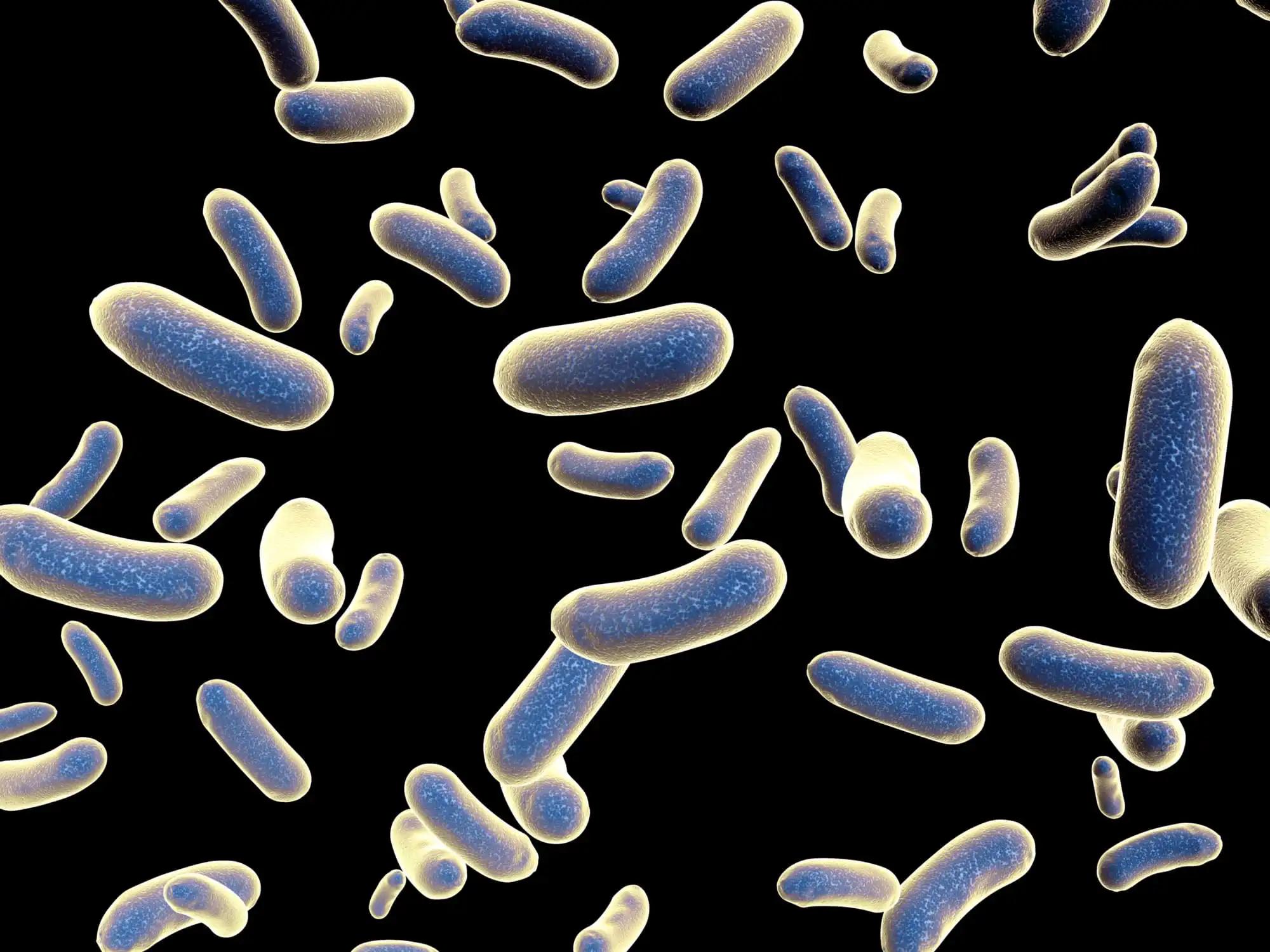KEY TAKEAWAYS
- The phase III trials compared outcomes for patients in CR with ETP, near-ETP, and non-ETP ALL/LBL after HCT.
- The trial assessed if HID allo-HCT is as effective as ISD allo-HCT for ETP or near-ETP T-ALL/LBL. The primary endpoint was DFS.
- Allo-HCT can overcome the adverse impact of ETP or near-ETP on ALL/LBL outcomes with traditional chemotherapy.
The phase III trials were developed to find: 1) if the outcomes of patients (pts) with early T-cell precursors (ETP), near-ETP, and non-ETP acute lymphoblastic leukemia/lymphoma (T-ALL/LBL) in complete remission (CR) are comparable after undergoing hematopoietic cell transplantation (HCT), 2) if allogeneic hematopoietic cell transplantation (allo-HCT) with haploidentical donors (HIDs) yields similar results compared to HLA identical siblings (ISDs) in individuals with ETP or near-ETP T-ALL/LBL.
The trials included T-ALL/LBL (stage IV) pts in either CR1 or CR2. The patients’ ages ranged from 2 to 65 years. The pts had no prior history of hematopoietic stem cell transplantation (HSCT) and the availability of a compatible donor, either matched sibling donors (MSDs) or haploidentical donors (HIDs). They had ECOG 0 to 2 and HCT-CI 0 to 3.
Patients received either HIDs or MSDs based on the availability of donors in a biologically randomized manner, following an intent-to-treat (ITT) approach. The trial offered two consistent conditioning regimens: intravenous (iv.) cytarabine + busulfan + cyclophosphamide with or without fludarabine, known as oral semustine (Bu/Cy); or total body irradiation (TBI, 770 cGy) followed by iv. cyclophosphamide (TBI/Cy).
The primary endpoint was disease-free survival (DFS). The competing risk of relapse and non-relapse mortality(NRM) was conducted using Gray’s test and the Fine-Gray model. Statistical analyses were carried out using R software version 4.2.1.
From January 2014 to December 2021, 367 pts diagnosed with T-ALL/LBL were consecutively enrolled at participating centers. Ten pts who underwent unrelated HCT were excluded from the subsequent ITT analysis. The remaining 357 pts were divided into three subgroups: ETP (70 pts), near-ETP (52 pts), and non-ETP ALL/LBL (235 pts).
Patients classified as ETP or near-ETP exhibited a higher incidence of measurable residual disease (MRD) before HCT, assessed using 10-color flow cytometry. The median follow-up period after HCT was determined to be 34.5 months, as estimated by the reverse Kaplan-Meier method. Neutrophil recovery was achieved in 99.4% of the pts.
The 3-year cumulative incidence rates were as follows: relapse (CIR) at 19.5% (95% Confidence Interval, CI 15.3-24.1%), NRM at 14.9% (95% CI 11.3-19.0%), DFS at 65.6% (95% CI 60.6-71.1%), and overall survival (OS) at 69.7% (95% CI 64.8-75.0%). Patients with ETP (63.3%, 95% CI 52.3-76.5%) or near-ETP (65.1%, 95% CI 52.9-80.2%) had comparable 3-year DFS rates with those in the non-ETP group (66.4%, 95% CI 60.3-73.2%, p=0.0).
Patients who underwent allo-HCT with HIDs (64.2%, 95% CI 58.7-70.1%) showed similar 3-year DFS rates compared to those with MSDs (75.8%, 95% CI 64.3-89.3%, p=0.2). HID-HSCT was found to be superior to MSD-HSCT in terms of 3-year DFS in pts with ETP (66.2% vs. 33.3%, p=0.041) or those with positive pre-HSCT MRD (65.4% vs. 27.3%, p=0.008).
The 3-year DFS rates between HID-HSCT and MSD-HSCT were similar in pts with near-ETP (66.7% vs. 60.0%, p=0.7). In the multivariable analysis (MVA) of DFS, accounting for factors such as age, sex, diagnosis, pre-HCT MRD, cytogenetics, molecular biomarkers, conditioning, donor, and graft, ETP (Hazard Ratio, HR 1.01, 95% CI 0.62-1.64, p>0.9) or Near-ETP (HR 1.11, 95% CI 0.65-1.90, p=0.7) showed similar DFS outcomes compared to non-ETP. Additionally, HID was comparable to MSD (HR 1.36, 95% CI 0.72-2.59, p=0.3).
Allo-HCT may overcome the adverse impact of ETP or near-ETP on the outcomes of ALL/LBL with traditional chemotherapy. HIDs are viable alternative donors for pts with ETP or near-ETP when MSDs are not available.
Source: https://ebmt2023.abstractserver.com/program/#/details/presentations/1723
Clinical Trials: https://classic.clinicaltrials.gov/ct2/show/NCT02042690
https://classic.clinicaltrials.gov/ct2/show/NCT03756675
Zheng, H., Lv, M., Mo, X-D., Wang, Y., Wang, F-R., Cheng, Y-F., Sun, Y-Q., Pei, X-Y., Shen, M-Z., Chen, H., Chen, Y., Chen, Y-H., Fu, H-X., Han, W., Han, T-T., Kong, J., Yan, C-H., Wang, J-Z., Wang, Z-D., Zhang, Y-Y., Xu, L-P., Zhang, X-H., Liu, K-Y., Huang, X-J. OS01-05 ALLOGENEIC HEMATOPOIETIC CELL TRANSPLANTATION FOR EARLY PRECURSOR T-CELL (ETP) AND NEAR-ETP ACUTE LYMPHOBLASTIC LEUKEMIA/LYMPHOMA (ALL/LBL) IN REMISSION: A MULTICENTER PHASE III STUDY.



